Have you ever wondered why your cat suddenly bolts from a room, hides for hours, or starts acting differently? These behaviors might seem random, but they’re actually your feline friend’s way of communicating something crucial: they don’t feel safe in their environment.
Cats are masters of disguise when it comes to showing distress. Unlike dogs who might whine or pace obviously, cats often internalize their anxiety in subtle ways that can easily go unnoticed. Recognizing these red flags early is essential for maintaining your cat’s mental health and strengthening the bond between you and your furry companion.
Excessive Hiding and Withdrawal

When your cat transforms into a master of disappearing acts, it’s one of the clearest signals they’re feeling unsafe. When frightened, most cats try to escape or hide. If they cannot escape, they may instead freeze, often crouching and pinning their ears back as if trying to appear smaller. This behavior goes far beyond the normal desire for alone time that all cats need.
You might notice your cat spending excessive amounts of time under beds, in closets, or behind furniture where they can’t be easily reached. One of the most important things for many cats is having a space of their own where they can hide when they’re scared. However, when hiding becomes their default response to daily life, it indicates underlying fear or anxiety that needs attention.
If your cat hides constantly and refuses to interact, even after few weeks of gentle encouragement, this persistent avoidance suggests they perceive ongoing threats in their environment. Normal hiding usually lasts a few hours at most, but anxious cats may disappear for entire days.
Unusual Vocalization Patterns
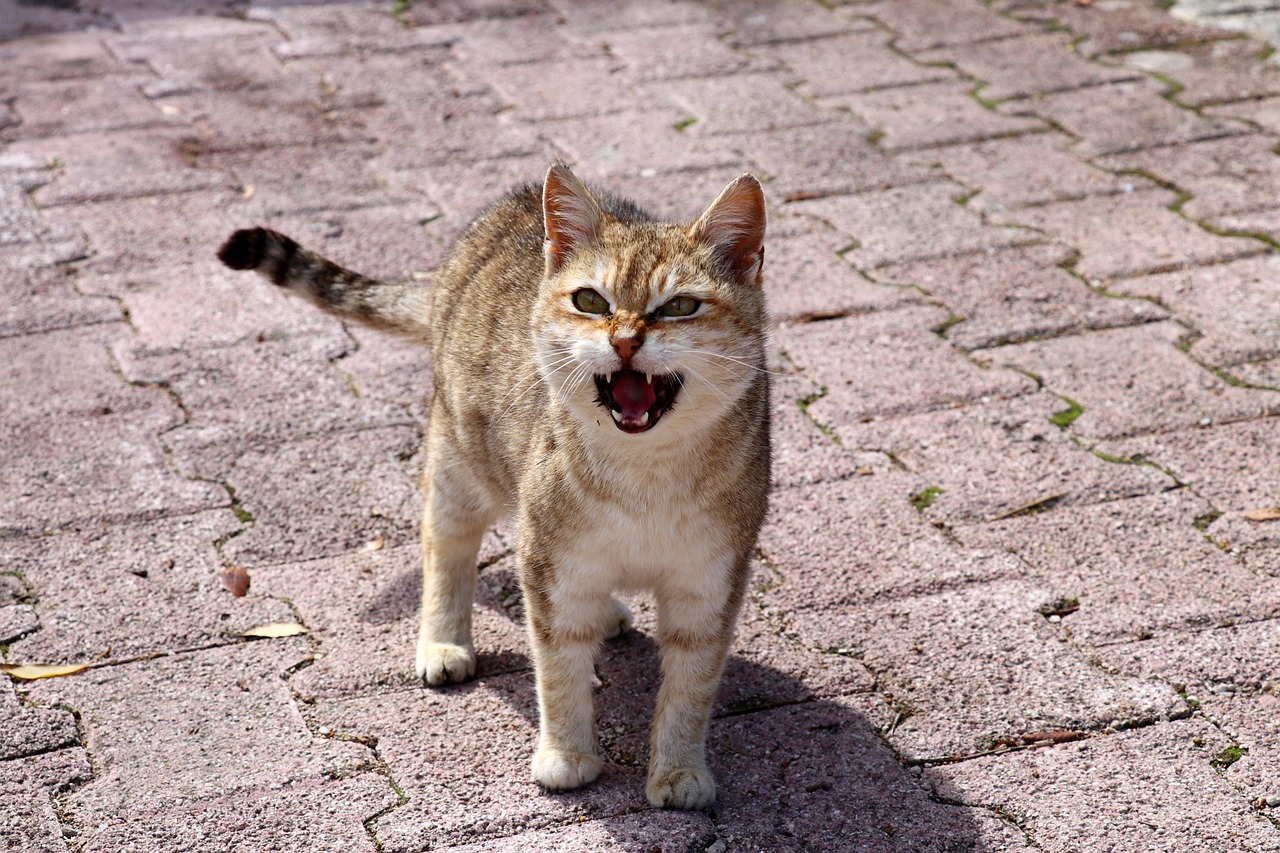
Changes in your cat’s vocal habits can reveal significant anxiety about their safety. The most obvious behavior changes are increased movement, hiding, destruction, and excessive vocalization. Some cats become unusually quiet, while others develop patterns of crying, yowling, or meowing that seem out of character for them.
Underlying anxiety can contribute to many behavioral signs and syndromes, such as nocturnal wakefulness, excessive vocalization, and house soiling. Pay attention to when these vocalizations occur – are they happening at specific times, in certain locations, or in response to particular triggers?
Cats experiencing fear may also develop what veterinarians call “caterwauling” – a combination of howling, yowling, and whining that signals distress. Cats caterwaul to communicate many needs and emotions, including the following: Physical problems: Cats that are in pain will often make noise! If their tummy hurts, or they have arthritic joints, or they are injured, they frequently vocalize.
Litter Box Problems and Bathroom Anxiety
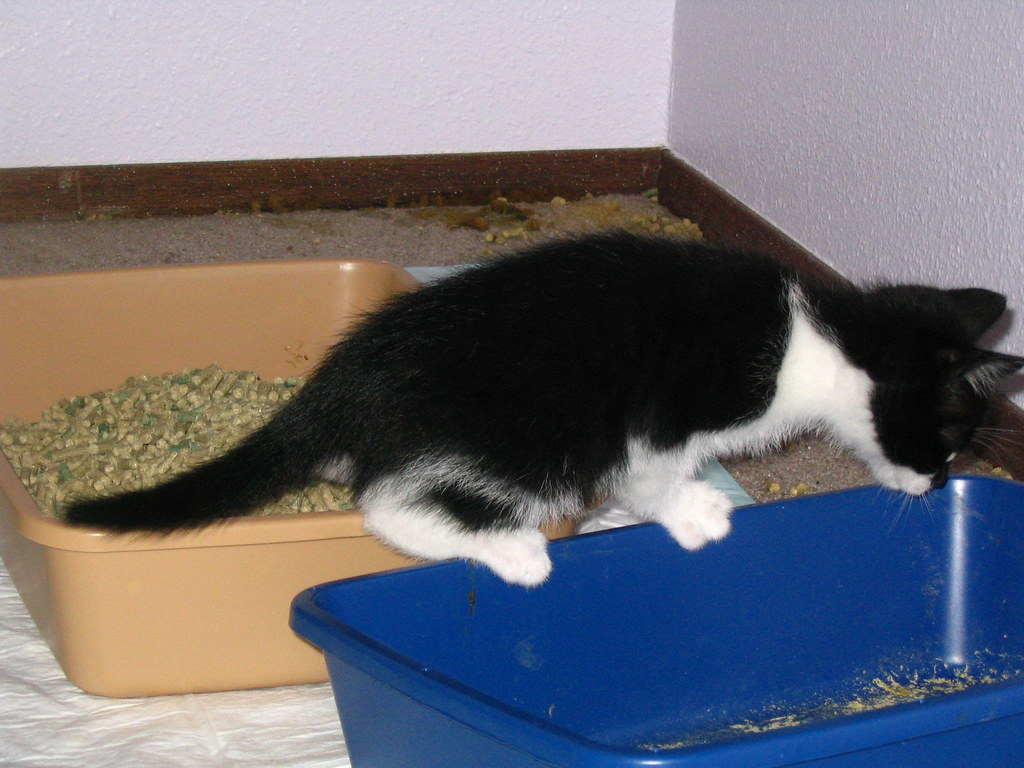
Nothing says “I don’t feel safe” quite like a cat who suddenly stops using their litter box properly. While a dog with separation anxiety may chew your walls or destroy the couch, a cat is much more likely to show anxiety by not using the litter box. Peeing on the floor (or in your shoes, clothes or bed – something with your smell) is not done out of spite but out of discomfort, distress or nerves.
Anxious cats might also start vocalizing before, during, or after using their litter box. They might meow before using their litter box due to confusion and anxiety… They might meow before using their litter box due to confusion and anxiety. This behavior often indicates they’re associating the bathroom area with stress or fear.
Watch for cats who approach the litter box hesitantly, spend excessive time digging, or seem to rush through their business. If there is a conflict between your cats and one of them seems stressed, provide additional litter boxes in locations where the anxious cat spends the majority of her time. Sometimes the solution is as simple as adding more boxes in quieter, more secure locations.
Hypervigilant Behavior and Startling Easily
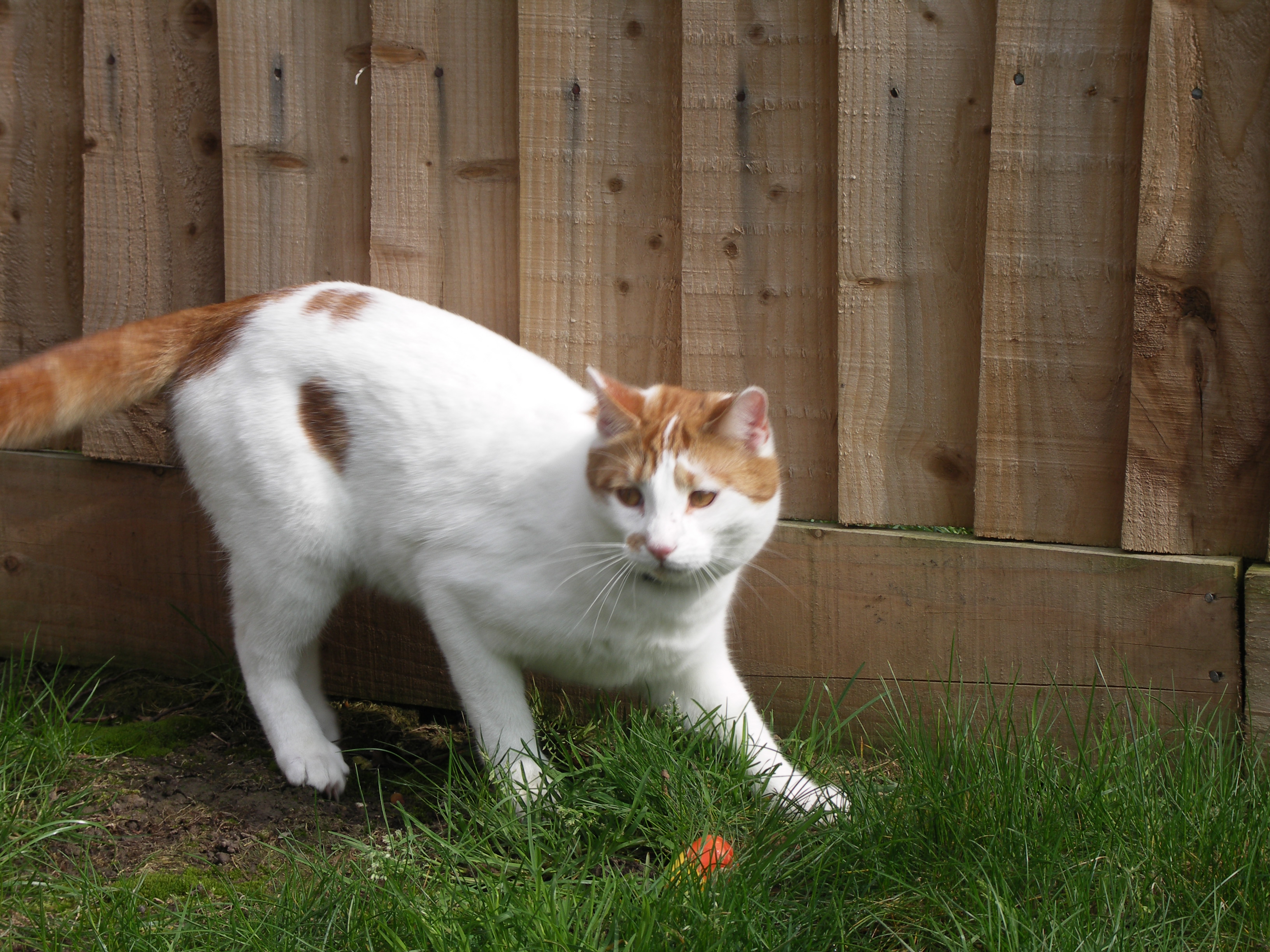
A cat who’s constantly on edge, jumping at the slightest sound or movement, is displaying classic signs of feeling unsafe. If your cat has anxiety, you may notice pacing or restlessness, hiding, decreased appetite, vocalization, hypervigilance, trembling, salivation, and excessive grooming. This heightened state of alertness is exhausting for cats and indicates they’re expecting danger at any moment.
For some of the same reasons your cat might be overly aggressive, your cat might also show signs of hypervigilance because they’re always on the lookout trying to avoid the next threat following a terrifying incident. Hypervigilance is often demonstrated by sensitivity to movement, changes in your cat’s environment, or sound.
You might notice your cat’s pupils frequently dilated, ears constantly swiveling to catch sounds, or their body positioned so they can quickly escape if needed. An anxious cat may have physical reactions such as increased heart and respiratory rates, panting, trembling, and salivation. These physical symptoms show just how much stress their body is under.
Aggressive or Defensive Responses
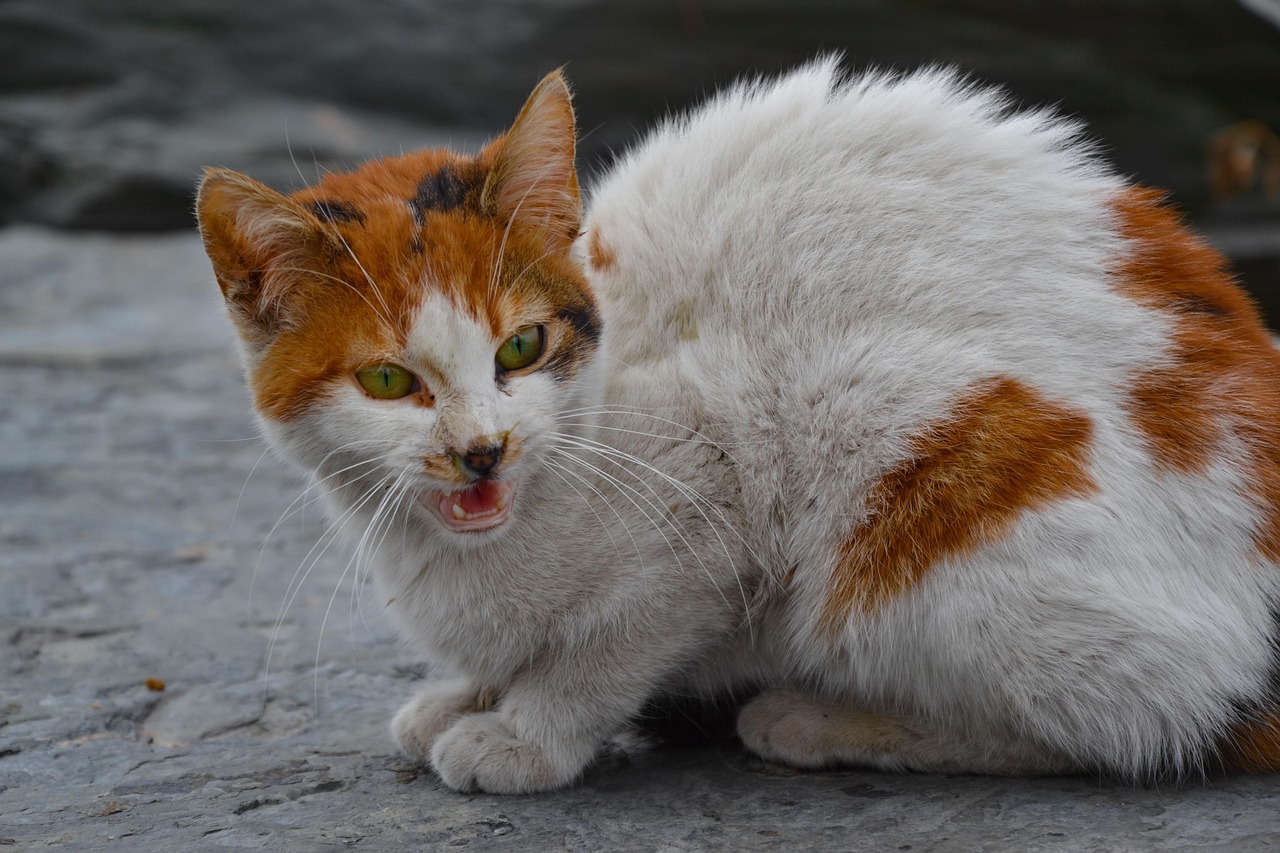
Fear-based aggression is one of the most misunderstood signs that a cat doesn’t feel safe. Fear aggression is one of the more common causes of aggressive behavior in cats. This violent behavior is a response to an unfamiliar and potentially threatening stimulus, such as a new person or animal in your cat’s environment or a loud noise nearby.
Cats demonstrating fear aggression may flatten their ears against their heads, hiss, bare their teeth, or crouch low to the ground with their tail tucked under their body, and their fur may stand on end. These behaviors aren’t signs of a “mean” cat – they’re desperate attempts at self-protection.
Even gentle, well-socialized cats can display aggression when they feel cornered or unsafe. Aggressive behaviors in cats often stem from fear, stress, and anxiety, not anger, spite, or other reasons that humans usually use to explain a cat’s aggressive behavior… Cats that are afraid or angry will typically hide or keep their distance. The key is recognizing that aggression often comes from a place of fear rather than malice.
Changes in Eating and Drinking Habits
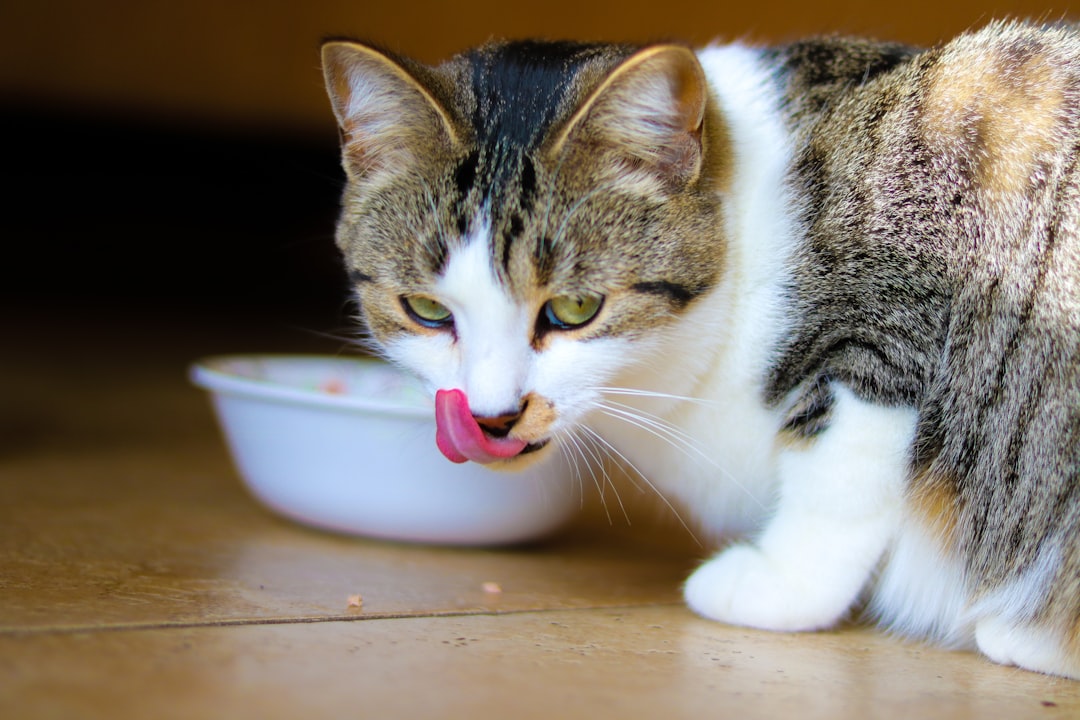
When cats feel unsafe, their basic survival instincts kick in, often disrupting normal eating patterns. If your cat has anxiety, you may notice pacing or restlessness, hiding, decreased appetite, vocalization, hypervigilance, trembling, salivation, and excessive grooming. Some cats may refuse to eat in their usual location if they associate it with stress or danger.
Anxious cats might also develop unusual eating behaviors like gulping food quickly, eating only when humans are present, or conversely, only when completely alone. A loss of appetite or destructive behavior could lead to illness or injury for your four-legged friend. These changes in appetite can quickly impact their physical health.
Water consumption changes are equally telling. Some stressed cats drink excessively while others avoid their water bowls entirely. Location matters too – if your cat suddenly prefers drinking from faucets or unusual sources, they might be avoiding their regular water dish due to negative associations with that area of the home.
Excessive Grooming or Neglecting Self-Care

Grooming behaviors provide excellent insights into your cat’s emotional state. Obsessive-compulsive disorder (OCD) – Some stressed cats develop OCD, a condition that causes them to exhibit excessive or repetitive behavior such as overgrooming, constant vocalization, and destructive chewing or scratching. Over-grooming often appears as bald patches, irritated skin, or fur that looks thin from constant licking.
Watch out for compulsive behaviors that actually hurt your cat, like licking themselves to the point of baldness. This type of repetitive behavior serves as a coping mechanism for anxiety, similar to how humans might bite their nails when nervous.
On the flip side, some anxious cats completely neglect their grooming routine. A previously pristine cat who suddenly appears disheveled or develops mats in their fur may be too stressed to engage in normal self-care behaviors. Repetitive behaviors, such as excessive grooming, are less common but may be harmful to cats: these can include frantic licking and self-mutilation, for example, pulling out hair.
Sleep Disruption and Restlessness
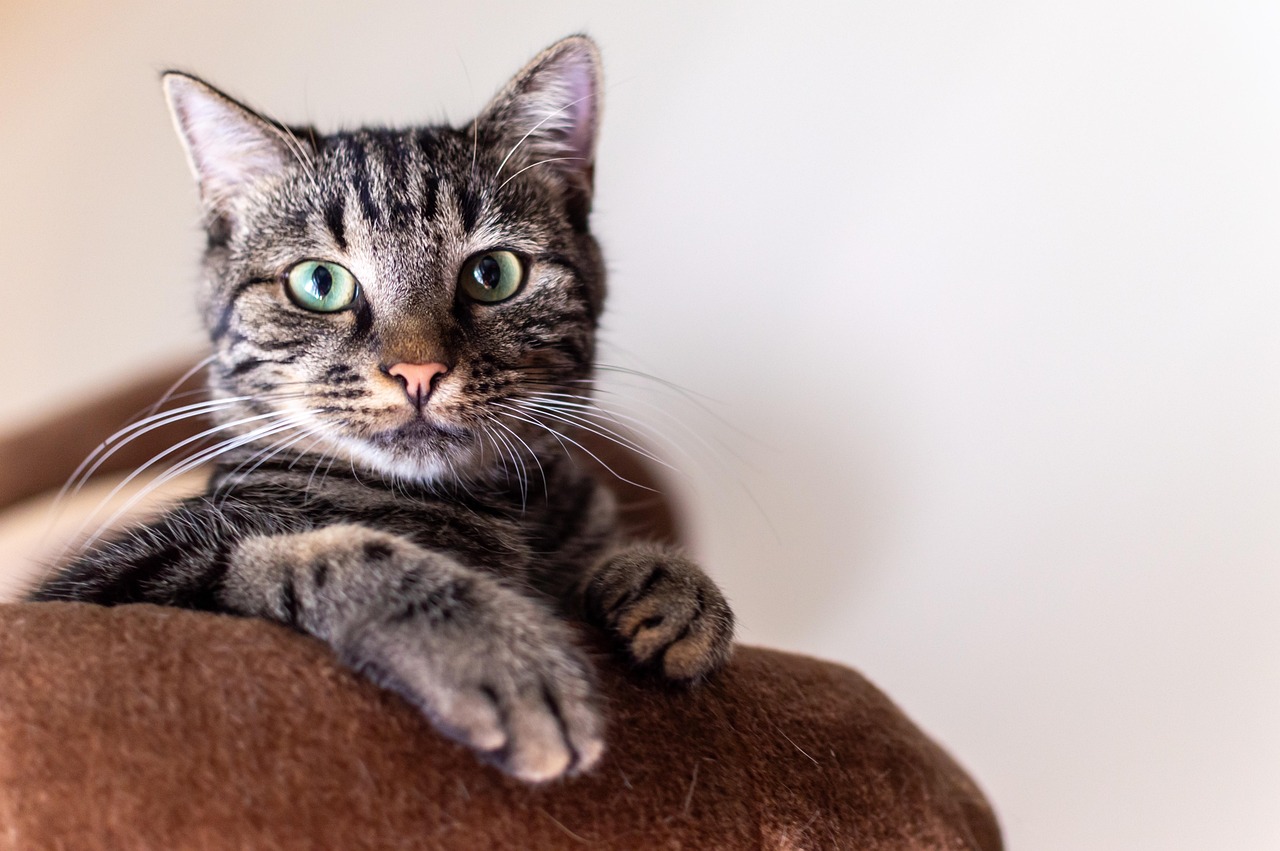
Safe cats are sleeping cats. When your feline friend can’t settle down for proper rest, it’s a strong indicator they don’t feel secure in their environment. PTSD can also impact your cat’s sleep patterns and make it tough for them to get deep rest. If you find that your cat is waking up often, is causing disturbances in the night that are outside their normal behavior, this might also be a sign of fear or stress.
Pacing and hyperactivity often go hand-in-hand with hypervigilance, and these symptoms might mean your cat is feeling defensive and panicked. Your cat might not be able to relax, and will roam around, pacing your house; this behavior can be a tell that they are feeling anxious and are in need of some relief.
You might notice your cat sleeping in unusual locations, like high perches where they can monitor their surroundings, or conversely, in deep hiding spots where they feel more protected. Changes from their normal sleeping patterns – whether sleeping too much or too little – both signal emotional distress.
Territory Marking and Scent-Related Behaviors
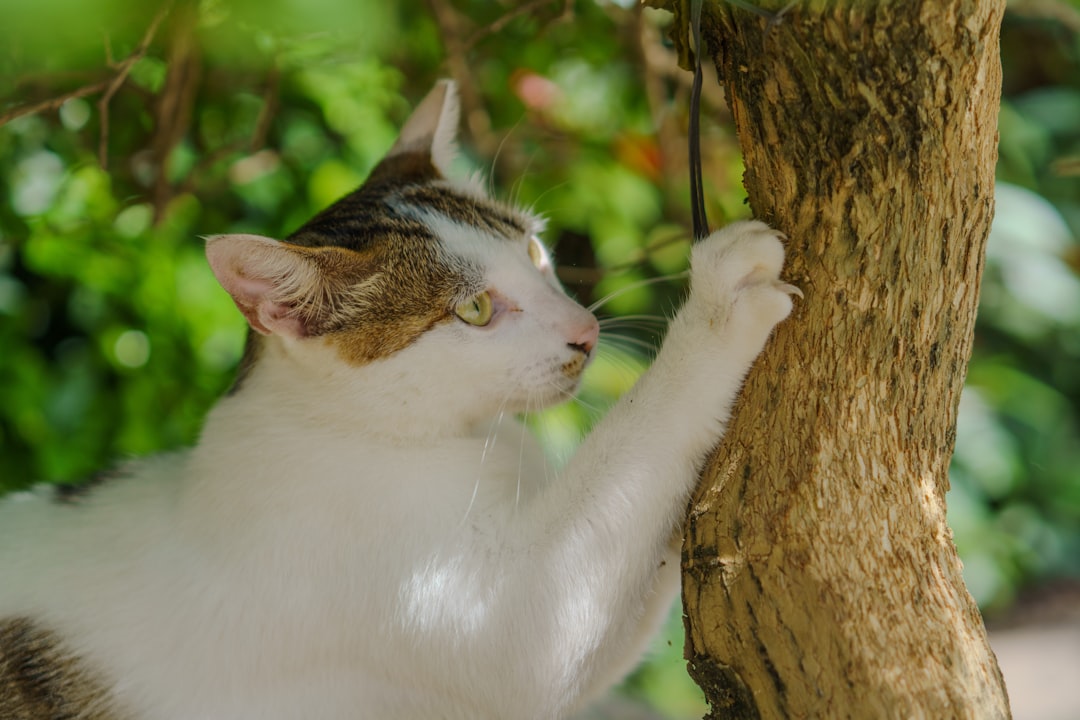
When cats feel their territory is threatened or unsafe, they often resort to marking behaviors to reassert control over their space. Urine spraying is also used to mark territory, especially if the cat spends any time outdoors. Marking in the house can occur in response to another cat in the area or some source of stress. This isn’t about poor litter box habits – it’s about communication and security.
Excessive scratching on furniture, walls, or doorframes can also indicate territorial anxiety. Again, while an anxious cat left alone isn’t going to destroy your house, a sign of distress can be clawing furniture, curtains or carpet repeatedly, leaving noticeable scratches and missing fibers. Knocking down many objects can be another sign.
Some cats may also engage in excessive rubbing against objects or people as a way to spread their scent and create a sense of familiarity and safety. Cats will rub on other cats, animals, and humans to transfer scent and claim ownership. Cats also rub on inanimate objects in the home for the same reason, establishing their territory. When this behavior becomes compulsive, it suggests underlying anxiety about territorial security.
Social Withdrawal from Family Members
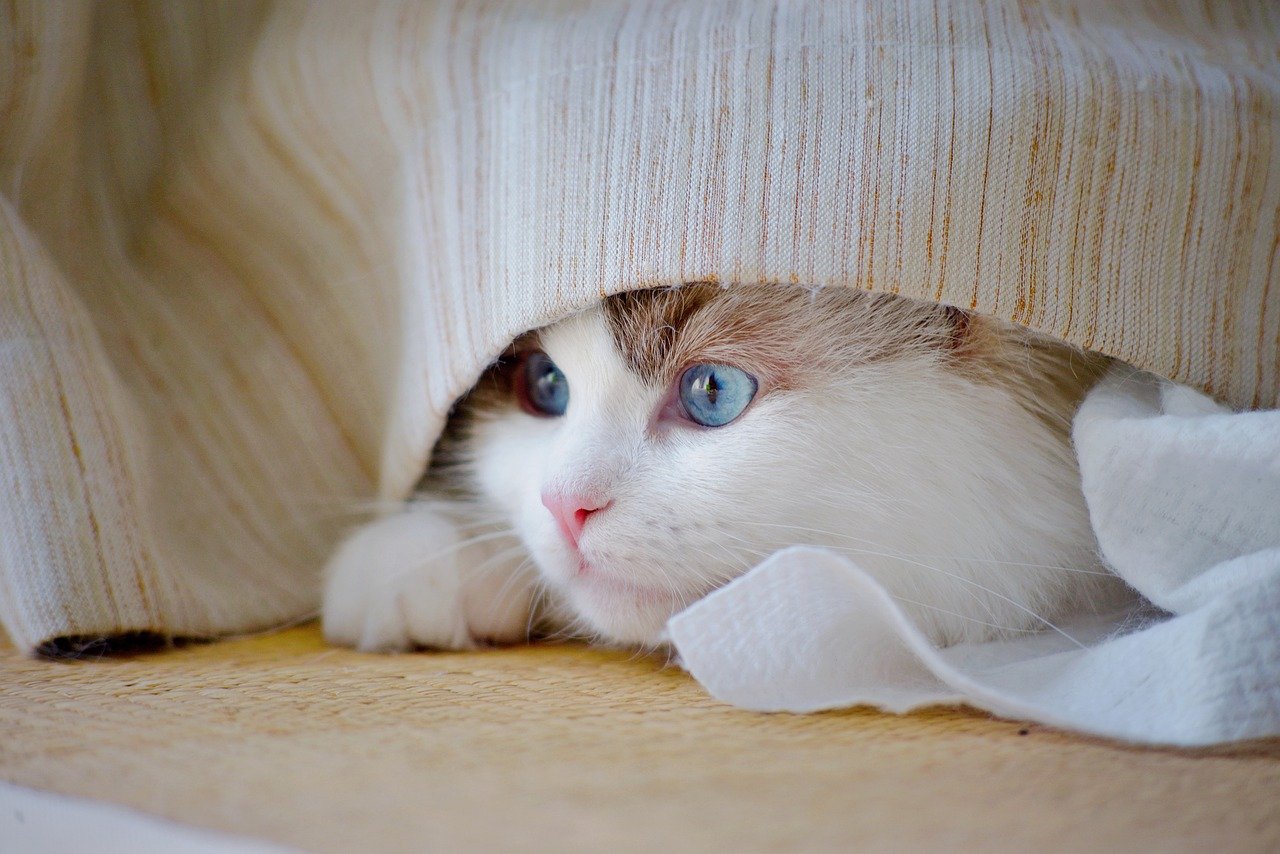
Perhaps one of the most heartbreaking signs is when your once-social cat begins avoiding family members they previously enjoyed being around. Fearfulness may cause the avoidance of various situations and fear may result in a decreased willingness to approach or interact with people. In addition, the inability to avoid fearful situations may lead to chronic distress.
A fearful cat may also choose to hide in their own space rather than risk confrontation. Paying attention to these signs helps you understand when to stay calm and give your cat time to adjust. This withdrawal often starts gradually – maybe they stop sitting on your lap, avoid being petted, or leave the room when certain people enter.
Some cats may show selective avoidance, feeling comfortable with one family member but fearful of others. Well it can be cute sometimes, if you find that your cat is showing increased neediness or vocalization towards you it might be because they’re feeling scared or anxious. Taking note of when your cat seems needier than other times might help you figure out if there’s some sort of external stimuli that is stressing them out. This behavior often indicates specific triggers or negative associations with particular people or situations.
Conclusion

Recognizing these red flags is the first step toward helping your cat feel secure and comfortable in their home. Remember that it’s important to take steps to treat your cat’s anxiety as soon as possible because these issues tend to worsen over time if left unaddressed.
Every cat is unique, and what makes one feel unsafe might not bother another. The key is knowing your individual cat’s normal behavior patterns and being alert to changes. A trip to the vet is recommended for any sudden behavior changes in your cat, including excessive meowing. Professional help from veterinarians or certified animal behaviorists can provide targeted solutions for your specific situation.
Creating a safe environment for your cat isn’t just about their comfort – it’s about their overall health and wellbeing. When cats feel secure, they’re happier, healthier, and more likely to be the loving companions we cherish.
What signs have you noticed in your own cat that might indicate they’re feeling unsafe? Tell us in the comments.






